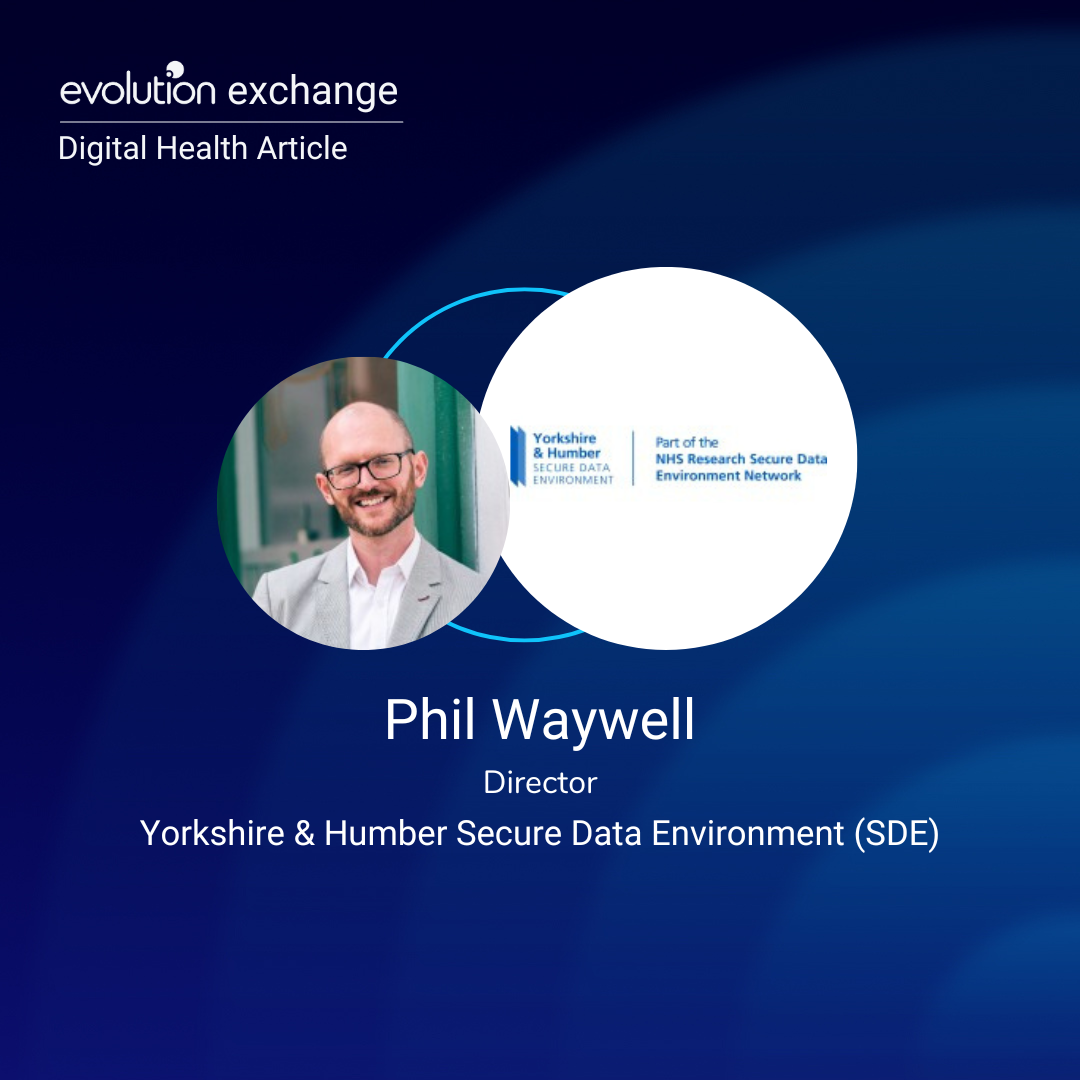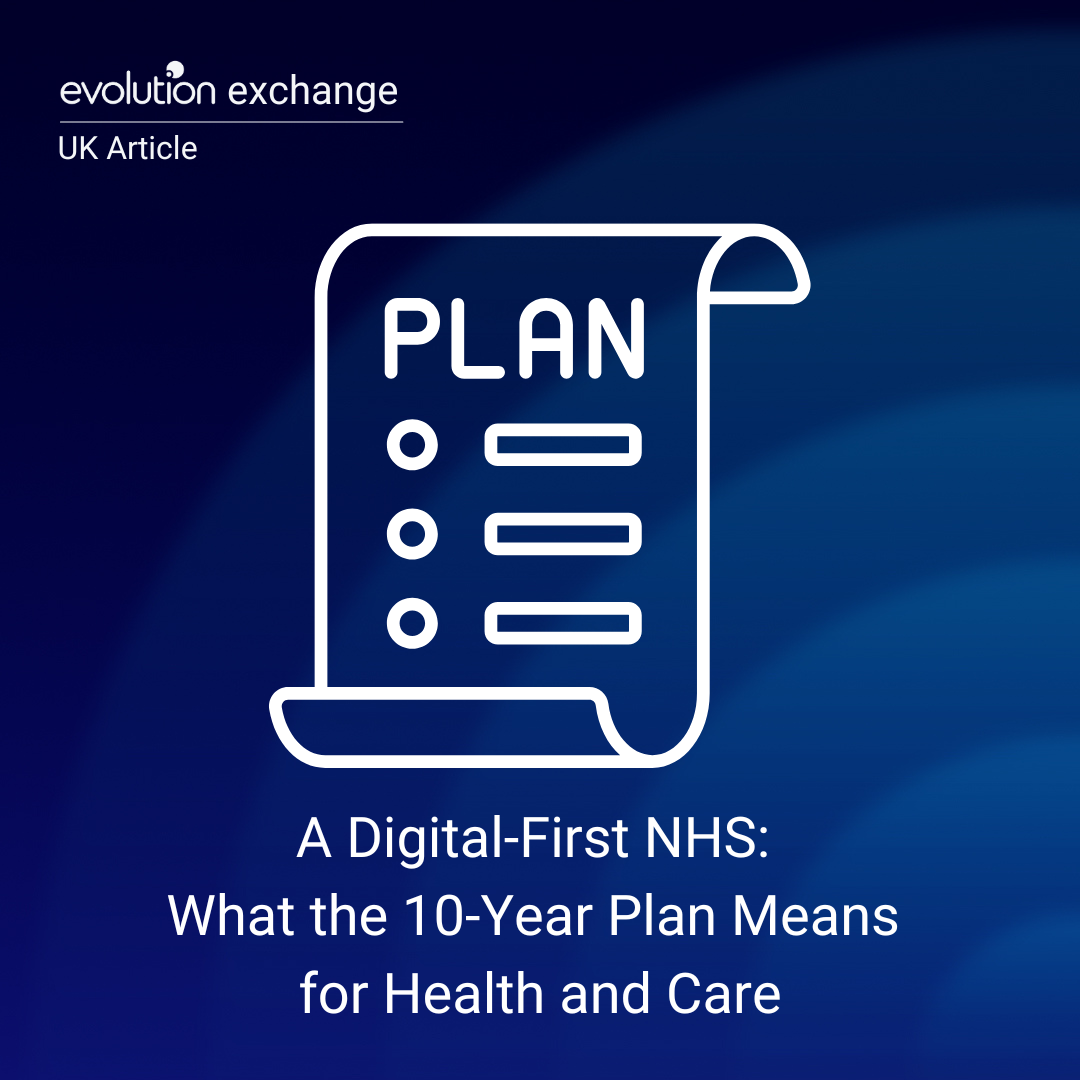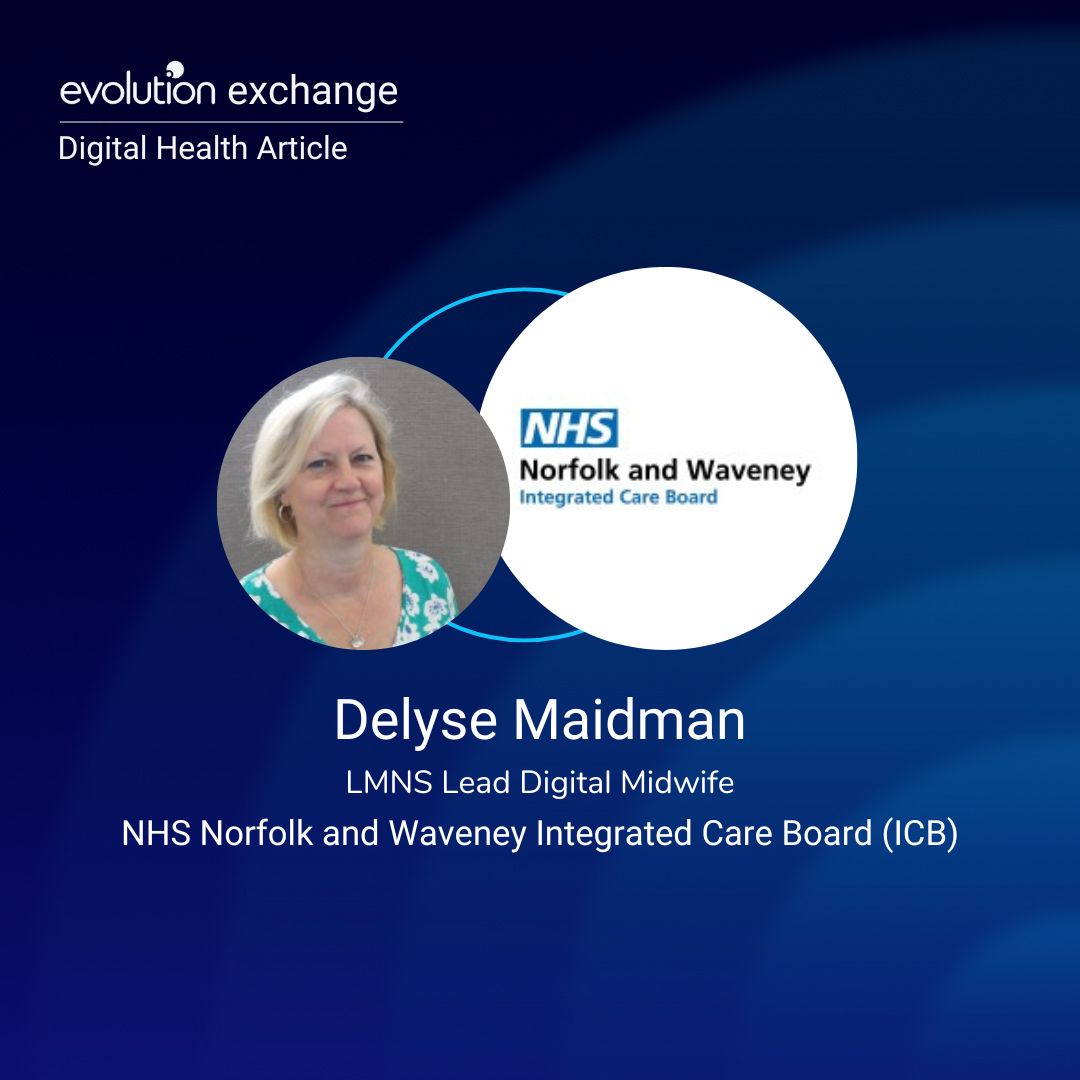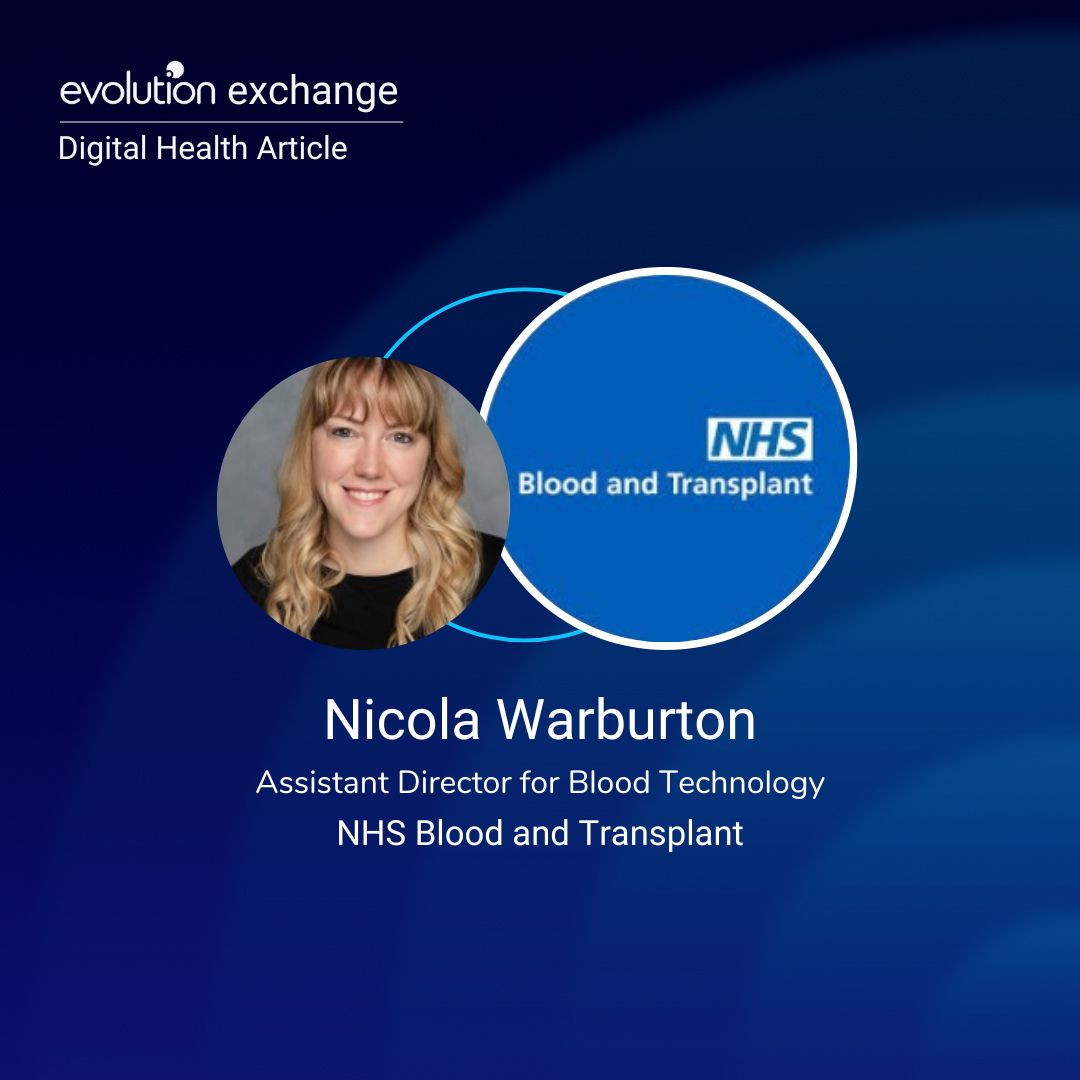In the rapidly evolving landscape of healthcare technology, finding the right leaders who can bridge the gap between clinical practice and digital innovation has become crucial. Emma Jackson, Chief Allied Health Professional and Nursing Information Officer at Norfolk Community Health and Care NHS Foundation Trust, represents a new generation of healthcare leaders who are redefining what it means to lead in digital health – not through technical expertise alone, but through clinical understanding and a passion for improving patient care.
The Unexpected Path to Digital Leadership
Emma’s journey into health tech leadership began, by her own admission, “by mistake.” After qualifying as a physiotherapist in 2002, she encountered her first electronic patient record system while working in an intensive care unit at King’s Lynn. For someone with dyslexia, this digital transformation was revelatory.
“I loved it. I just thought ‘this makes sense’. I’m dyslexic, so reading information structure, structuring information, I sometimes find really difficult. This was a magic moment of being able to read and structure, but also me being able to document,” Emma recalls. “Sometimes I get my words in the wrong order when I’m writing them down. I could then re-input everything into the right order before I hit save.”
This early exposure to digital healthcare tools sparked a passion that would ultimately reshape her career trajectory. When she returned to Norfolk 15 years ago, the trust had an electronic patient record system for community services, but without the mobility that would make it truly transformative. The introduction of laptops changed everything: “The moment we got laptops and we could take them out, it was like this moment of clarity. I could tell the patients, you had a GP appointment two days ago or I can see the results of your consultant’s appointment.”
Creating a New Role in Healthcare Leadership
Emma’s current position as Chief Allied Health Professional and Nursing Information Officer represents something unique in healthcare leadership – she’s the first person at Norfolk Community Health and Care NHS Foundation Trust to hold this role. This pioneering position brings both opportunities and challenges.
“There’s nobody else who’s done this role who can tell me what are the things I should be doing,” she explains. “Everyone asks, what is this role? What are you doing? What should you be doing? Where are your lines? What things do you have influence over? which things don’t you have influence over… what are you? Who are you?”
The role has evolved into being “the clinical voice in the digital world and the digital voice in the clinical world. It’s about working out how we bring those things together and how we make the most of those digital opportunities that are out there to make clinicians’ lives easier, to be able to deliver the best care we can to our patients.”
The Multi-Faceted Challenge of Imposter Syndrome
One of the most striking aspects of Emma’s leadership journey is her candid discussion of imposter syndrome – not as a single phenomenon, but as a complex, multi-layered challenge that affects different aspects of her multifaceted role.
“I think we forget we can suffer from multiple imposter syndromes at the same time especially in roles that have lots of elements to them,” Emma reflects. “In my role I’m a leader but I don’t have a team, and sometimes I feel like a bit of an impostor being a manager because I don’t have that team.”
Her role encompasses clinical safety officer responsibilities, digital leadership without being a technical expert and representing the clinical voice while not being in day-to-day clinical practice. Each facet brings its own challenges: “People will say, but you don’t do much clinical stuff, so how can you know how? You sometimes feel like an impostor because you’re trying to be the voice of clinicians even if it’s not your day to day job.”
Building Support Networks and Managing Boundaries
Emma’s approach to managing these challenges centres on building strong support networks and maintaining clinical connections. She works one day per month in an inpatient unit to maintain her clinical registration and grounding: “It’s taken me quite a long time to get to. I knew I needed to do it because of my clinical background registration, but actually I also need it for multiple other reasons as well.”
The support she receives from her line managers has been crucial. Terry Newman, the Chief Digital Officer, “champions me. I’m also really lucky that I have an indirect line management to our Director of Quality. Carolyn Fowler is this incredible champion for me and makes sure that I have that voice in the quality part of the organisation.”
However, with such broad responsibilities comes the challenge of boundary management. “I sometimes the biggest challenge is people think ‘Emma will know everything’, but I don’t know everything. I then need to work out how I give somebody the right information and send them off in the right direction without feeling like I’ve just not helped.”
The Breadth of Modern Healthcare Leadership
Emma’s trust serves Norfolk with over 80 services, from eight generalist rehabilitation units to specialist facilities including stroke rehabilitation, palliative care and complex neuro rehabilitation. This diversity reinforces her philosophy about leadership: “I know I can’t be an expert in anything or everything because there are so many things. That makes it that bit easier to find the right subject matter experts to talk to.”
This approach mirrors what she learned from the panel discussions about being a “conductor” rather than trying to be an expert in every area. “If I was a nurse, I wouldn’t know every element of nursing and I would be finding the right clinician to come from that level,” she explains, emphasising the importance of knowing “who are the right people to bring in, who are the right SMEs.”
Technology as an Enabler, Not an End
Perhaps most importantly, Emma’s leadership philosophy centres on technology as a tool to enhance patient care rather than an end in itself. Her current project involving observation machines that communicate directly with electronic patient records exemplifies this approach: “These obs machines talk directly to our EPR, so you don’t have to retype anything… that makes the job easier for the clinician, but also means we can identify our poorly patients much more quickly.”
For Emma, ” that ability to document easily and quickly, and make our clinical lives easier so that we can really focus on our patients is something I’m really passionate about.”
Advice for Aspiring Digital Health Leaders
Emma’s advice for those aspiring to leadership in digital health challenges common misconceptions about the requirements for such roles: “I’m not very tech savvy at home… You don’t have to be digitally knowledgeable. You have to be digitally open.”
Her path demonstrates that successful digital health leadership comes not from technical expertise, but from clinical understanding, openness to change and a commitment to improving patient care through technology. “If it’s something that’s interesting, go for it. Find other people who are doing those things, talk to them, ask them what they’re doing.”
Emma’s journey from physiotherapist to digital health leader illustrates the evolving nature of healthcare leadership. In an era where technology and clinical practice must seamlessly integrate, leaders like Emma – who understand both worlds while remaining grounded in-patient care – are essential. Her experience navigating imposter syndrome, building support networks and maintaining clinical connections while pioneering new roles offers valuable insights for the next generation of healthcare leaders.
As healthcare continues its digital transformation, Emma’s story reminds us that the most effective leaders are often those who combine clinical wisdom with technological openness, creating bridges between worlds that must work together to improve patient outcomes.
















